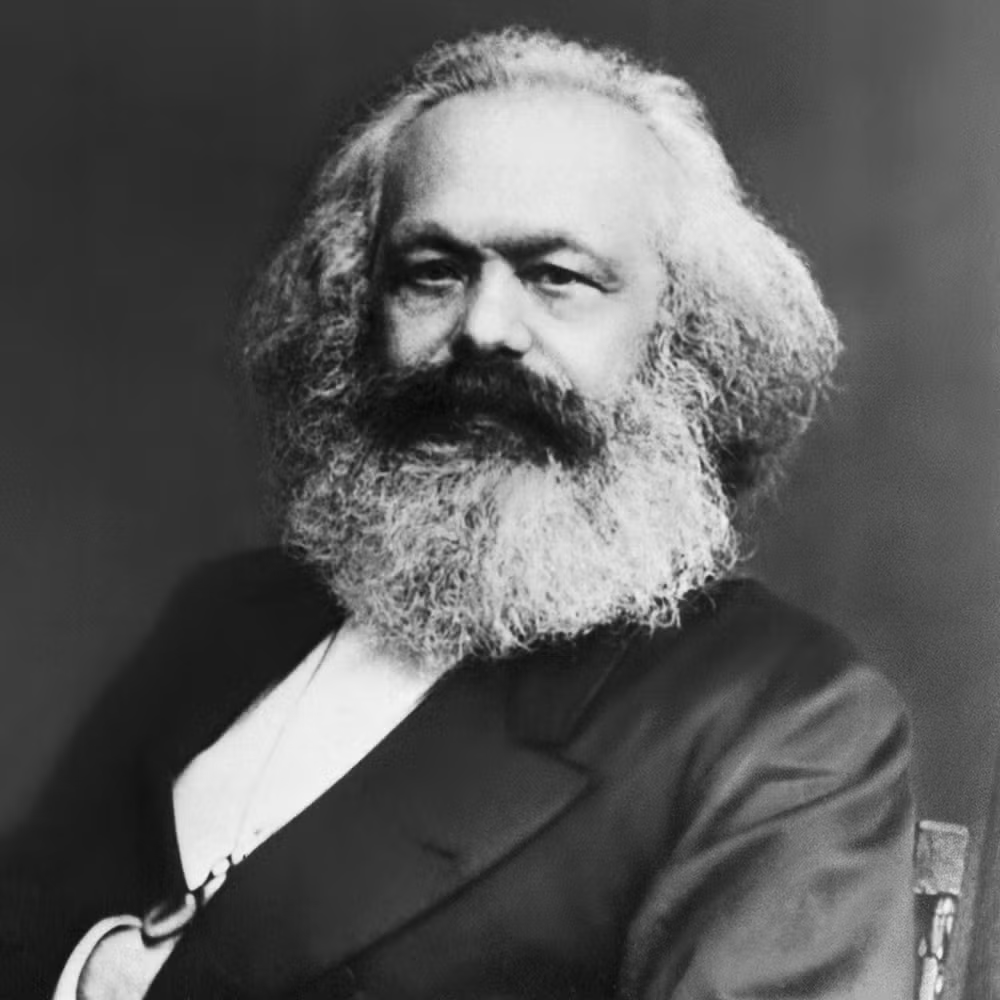
Table of Contents
Meriwether Lewis: A Pioneer of Exploration
Meriwether Lewis, born in 1774 in Virginia, was a key figure in one of the most famous expeditions in American history. In 1801, President Thomas Jefferson appointed Lewis as his private secretary. Soon after, Jefferson entrusted him with a far more significant role — leading an expedition into the uncharted territories west of the Mississippi River. This journey, later known as the Lewis and Clark Expedition, was a historic exploration that ultimately reached the Pacific Ocean in November 1805, with the invaluable assistance of Sacagawea.
Early Life
Born on August 18, 1774, near Ivy, Virginia, Lewis was the son of Lt. William Lewis and Lucy Meriwether, whose ancestry was of Welsh and English descent. After the death of his father, his mother remarried Captain John Marks, and the family moved to Georgia, where Lewis developed a love for the outdoors and honed his hunting skills. In his early teens, he returned to Virginia under the care of his uncle to receive a formal education, which included private tutoring. He later attended Liberty Hall (now Washington and Lee University), graduating in 1793.
Lewis had five siblings: Reuben Lewis, Jane Lewis, Lucinda Lewis, and two half-siblings, John Hastings Marks and Mary Garland Marks, from his mother’s second marriage.
Military Service and Early Career
Lewis’s career began in the state militia, where he played a role in suppressing the Whiskey Rebellion in Pennsylvania in 1794. The following year, he met William Clark, a fellow soldier who would later join him on one of the most extraordinary expeditions in American history. Lewis continued his military service, eventually rising to the rank of captain. In 1801, President Jefferson requested that Lewis serve as his private secretary, recognizing his abilities and leadership potential.
The Lewis and Clark Expedition
Jefferson’s vision of exploring the vast lands west of the Mississippi grew following the Louisiana Purchase in 1803, which added more than 800,000 square miles of territory to the United States. He tasked Lewis with leading an expedition to explore these lands, gather scientific information, and establish relationships with Indigenous peoples. Eager for the challenge, Lewis chose his trusted friend and former military colleague William Clark as co-leader of the expedition.
Their journey, supported by Sacagawea and others, marked a monumental achievement in American exploration, paving the way for the expansion and understanding of the nation’s newly acquired western territories.
The Lewis and Clark Expedition: A Journey of Discovery
In May 1804, Meriwether Lewis, William Clark, and the members of their expedition, known as the Corps of Discovery, embarked on a historic journey from near St. Louis, Missouri. Their mission: to explore the newly acquired western territories of the United States and seek a route to the Pacific Ocean. Along the way, the expedition encountered countless challenges, including treacherous rivers, extreme weather conditions, hunger, illness, injury, and exhaustion. Despite these hardships, Lewis diligently recorded their experiences in a journal, documenting the flora and fauna they encountered for scientific study.
As they traveled westward, the Corps of Discovery benefited greatly from the assistance of various Indigenous peoples. The Mandan tribe provided the group with much-needed supplies during their first winter. It was during this period that Sacagawea, a Shoshone woman, and her husband Toussaint Charbonneau, joined the expedition as interpreters. Sacagawea’s contributions, particularly her ability to secure horses for the group, proved invaluable to the success of the mission.
Fort Clatsop and the Pacific
In November 1805, the Corps of Discovery reached the Pacific Ocean, marking a pivotal achievement in their journey. They established Fort Clatsop in present-day Oregon, where they spent the winter before beginning their return trek in 1806. During the return trip, Lewis and Clark temporarily split up to explore additional territory and search for quicker routes home. In late July, Lewis and his men were confronted by a group of Blackfeet Indians attempting to steal from them, resulting in a violent altercation that left two Blackfeet dead.
In August, Lewis was accidentally shot in the thigh by one of his own men during a hunting expedition. Despite this injury, the two groups reunited at the Missouri River and completed the final leg of their journey together. Over the course of the expedition, the Corps of Discovery traveled an astonishing 8,000 miles by boat, on foot, and on horseback, significantly advancing the nation’s knowledge of its western lands.
After the Expedition
Upon their return, Lewis and the members of the expedition were celebrated across the country. Towns along their route hosted events in their honor, and their arrival in Washington, D.C. was met with great acclaim. In recognition of his leadership, Lewis was awarded 1,600 acres of land and appointed governor of the Louisiana Territory. He also sought to publish the journals he and Clark had written during their expedition, which detailed the rich natural and cultural discoveries they had made.
However, Lewis’s post-expedition life was troubled. Struggling with depression and alcoholism, he began to neglect his responsibilities as governor. His mental health continued to deteriorate, overshadowing his previous achievements.
The Tragic Death of Meriwether Lewis
On October 11, 1809, Lewis died under mysterious circumstances at an inn near Nashville, Tennessee, while traveling to Washington, D.C. Though most historians believe he took his own life, some have speculated that he may have been murdered. Lewis never married and left no descendants, but his legacy endures through his extraordinary contributions to American exploration and science.
Legacy and Accomplishments
Despite his tragic end, Meriwether Lewis played a crucial role in reshaping the future of the United States. His leadership on the Lewis and Clark Expedition opened the door to further exploration of the American West, sparking immense interest in the region. Additionally, his meticulous documentation of plants and animals previously unknown to Europeans advanced scientific knowledge and laid the groundwork for future studies of the natural world. Lewis’s work continues to inspire generations, solidifying his place in American history.
